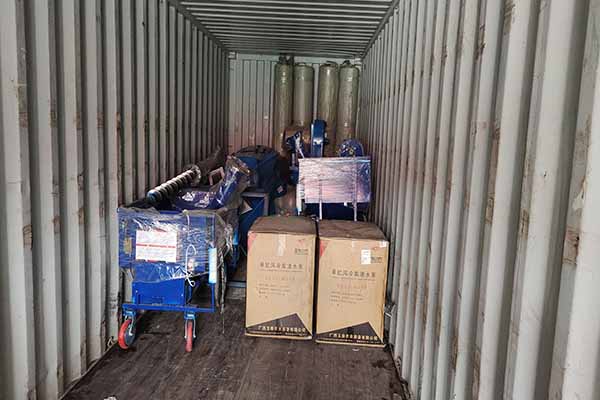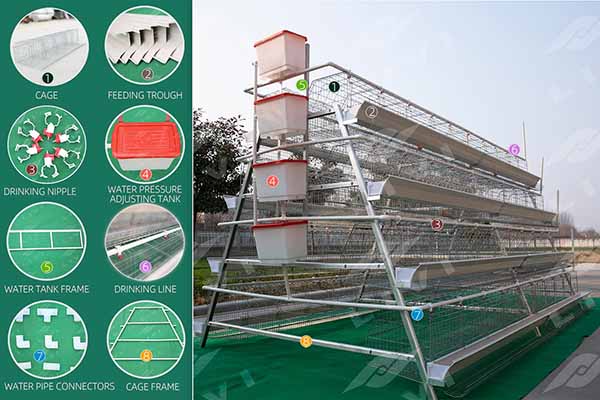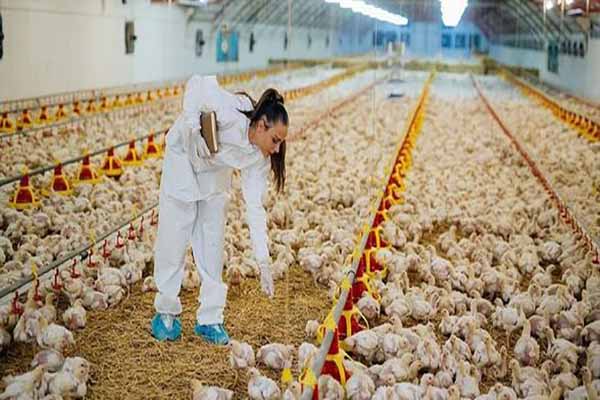Poultry Farming Business Plan in Cameroon: A Comprehensive Guide
Time : 2025-06-28
In Cameroon, poultry farming has emerged as a profitable venture, offering a sustainable way to meet the increasing demand for poultry products. Creating a comprehensive business plan is crucial for the success of any poultry farming operation. This article provides a detailed guide on drafting a poultry farming business plan in Cameroon, incorporating key elements such as market analysis, financial projections, and the use of professional poultry equipment.

Executive Summary
The executive summary of your business plan should succinctly capture the essence of your poultry farming venture. Include information about the type of poultry farming (broiler, layer, or dual-purpose), the size of the farm, the market you are targeting, and your long-term goals.
1. Market Analysis
1.1 Market Research
Conduct thorough market research to understand the demand for poultry products in Cameroon. Analyze the following factors:
- Current market size and growth rate
- Major poultry producers and suppliers
- Price trends and consumer preferences
- Regulatory environment and compliance requirements
1.2 Target Market
Identify your target market segments based on factors such as geographical location, income levels, and consumption habits. Tailor your marketing strategies to meet the specific needs of these segments.
2. Business Description
2.1 Farm Type and Scale
Define the type of poultry farm you will operate, such as broiler, layer, or dual-purpose, and the scale of the operation. Consider the initial investment, land requirements, and potential for expansion.
2.2 Operations
Detail the day-to-day operations of your poultry farm, including:

- Breeding and hatchery processes
- Rearing and feeding management
- Health management and biosecurity measures
- Processing and packaging
3. Professional Poultry Equipment
3.1 Hatcheries
Invest in high-quality hatcheries that can accommodate the number of eggs you plan to incubate. Consider automated systems that provide optimal temperature, humidity, and air quality for the incubation process.
3.2 Rearing Facilities
Choose rearing facilities that promote animal welfare and maximize space utilization. Consider using systems like deep-litter or battery cages, depending on your farm type and scale.
3.3 Feeding Equipment
Invest in reliable feeding systems that ensure proper nutrition for your poultry. This may include automated feeders, mixers, and feed storage bins to prevent spoilage and ensure accurate feed allocation.
3.4 Water Systems
Install efficient water systems that provide clean and fresh water to your poultry. Automatic watering systems can save labor and reduce the risk of disease transmission.
4. Marketing and Sales Strategy
4.1 Distribution Channels
Identify the most effective distribution channels for your poultry products, such as direct sales to consumers, partnerships with retailers, or participation in local markets.
4.2 Marketing Tactics
Develop a marketing plan that includes:
- Branding and packaging
- Advertising and promotions
- Customer service and support
- Feedback and continuous improvement
5. Financial Projections
5.1 Start-up C osts
osts
Itemize the start-up costs, including the purchase of land, construction of facilities, equipment, and initial stock.
5.2 Operating Costs
Calculate the ongoing expenses such as feed, labor, water, electricity, and other operational costs.
5.3 Revenue Projections
Estimate the revenue you expect to generate from the sale of poultry products over a specific period, considering market demand and pricing strategies.
6. Management and Personnel
6.1 Organizational Structure
Define the organizational structure of your poultry farm, including roles and responsibilities of key personnel.
6.2 Training and Development
Outline the training and development programs for your staff to ensure they have the necessary skills and knowledge to maintain high standards of operation.
7. Conclusion
Creating a well-structured poultry farming business plan in Cameroon requires careful planning and consideration of various factors. By incorporating market analysis, financial projections, and the use of professional poultry equipment, you can increase your chances of success in this competitive industry.











